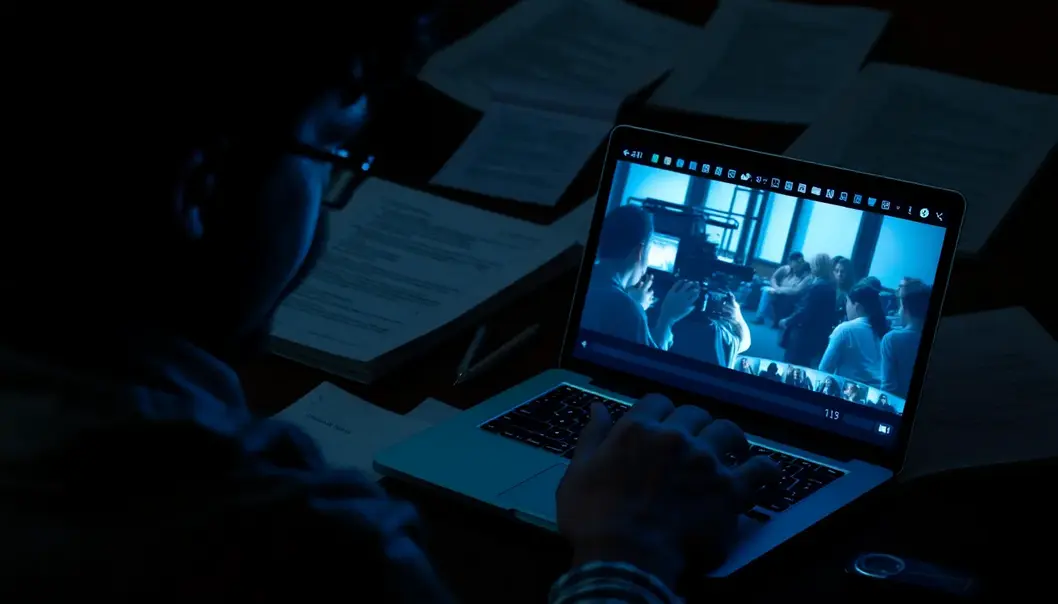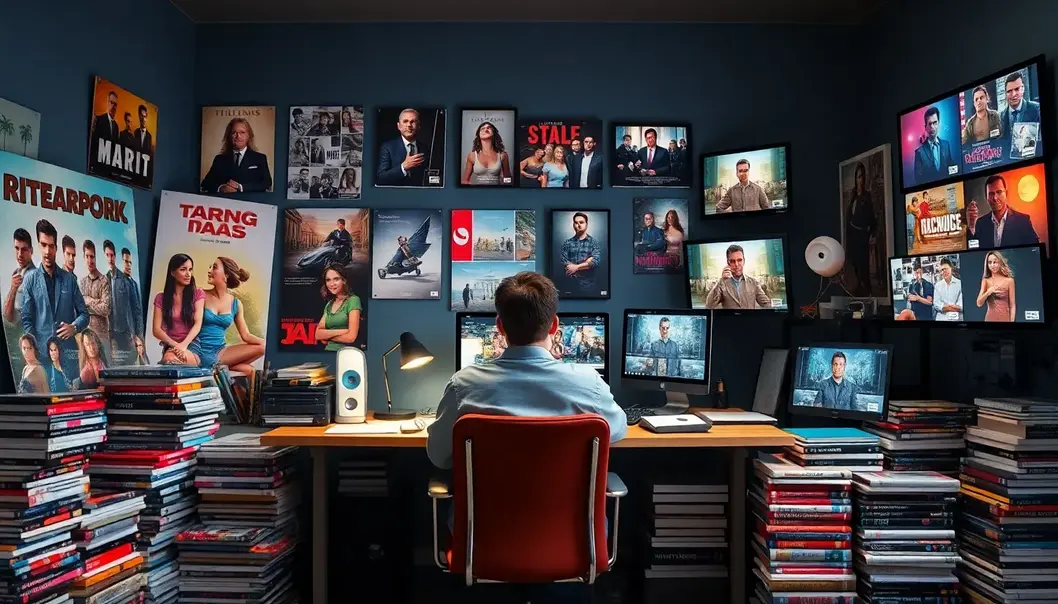Reviewing films like a seasoned critic requires more than just a love for cinema; it demands a keen eye for detail, an understanding of storytelling techniques, and the ability to communicate your thoughts effectively. For freelancers, mastering this craft not only enriches your own viewing experience but can also offer fresh avenues for expressing creativity and attracting new audiences. This guide unpacks the essential elements that make a movie review impactful while empowering you with the strategies to stand out in a crowded field. By honing your analytical skills and crafting reviews that captivate readers, you position yourself as an authority in both critiquing and storytelling.
Understanding the Cinematic Language

To master the art of movie criticism, one must first become fluent in the cinematic language. This schema of visual storytelling is governed by various elements—cinematography, direction, acting, and screenplay. Each component plays a role in shaping a film’s narrative and emotional impact, not unlike the brushstrokes on a painter’s canvas.
Cinematography is the backbone of visual storytelling. It encompasses lighting, camera angles, and shot composition, each meticulously crafted to elicit specific emotional responses from the audience. When evaluating cinematography, consider how these techniques influence the film’s tone and how they enhance the narrative. A low-angle shot can convey power, while soft lighting might evoke nostalgia or romance. Ask yourself how these choices serve the story and whether they are consistent throughout.
Direction is where the vision of the film is brought to life. A director’s insight transforms a screenplay into a rich cinematic experience. As a critic, observe the director’s ability to handle pacing, maintain thematic coherence, and cultivate compelling performances from the cast. Consider how a director’s stylistic signatures contribute to the film’s identity. A skilled director will seamlessly integrate all elements into a cohesive whole, creating a balanced and immersive viewer experience.
Acting is the vessel for emotion and authenticity. Actors breathe life into characters, giving them depth and relatability. When assessing performances, pay attention to subtlety and authenticity. Does an actor convincingly convey their character’s arc? Are the emotions believable? Performances are a crucial measure of quality, and their success often hinges on the chemistry between cast members and their rapport with the director.
Screenplay is the film’s blueprint. It sets the narrative structure and defines dialogue and character development. A well-written screenplay will offer a robust plot, dynamic characters, and poignant dialogue. Critically, focus on how the screenplay balances dialogue with visual storytelling to advance the plot. Does it delve into complex themes without losing its pace? Are the characters’ motivations clear and compelling? The screenplay is the heart of storytelling and a primary driver of engagement.
Synthesizing an understanding of these elements allows critics to deliver nuanced and insightful reviews. A keen eye, coupled with an appreciation for both technical and artistic aspects, equips a critic to evaluate a film’s merits and shortcomings fairly. Each element contributes a distinct layer to the film’s overall quality, and recognizing their interplay is essential to articulating a film’s impact.
In blending these perspectives—technical precision with artistic intention—critics craft reviews that resonate deeply with readers. They transcend sterile analysis, inviting audiences to see the stories beyond the screen. Such reviews create a dialogue that enriches both the critic’s and the viewer’s understanding of cinema, fostering a deeper appreciation of the film as a work of art.
Crafting a Captivating Narrative

In the realm of film criticism, constructing a captivating narrative is crucial. It’s not just about sharing your opinion; it’s about crafting a story that intrigues and informs the reader. To start, a strong hook is essential. This could be an intriguing question, a bold statement, or a vivid description that draws the reader in instantly. An effective hook sets the tone and ensures the audience is invested from the beginning.
Once you have their attention, the next step is to balance your arguments. A film review should not simply praise or condemn a movie but should provide a nuanced perspective. Discuss the merits and shortcomings, considering how these affect the film’s overall impact. A balanced argument is akin to a dance, moving gracefully between positive and negative aspects. This approach not only strengthens your credibility but also enriches the reader’s understanding.
Backing up your opinions with evidence is vital. A compelling review is grounded in facts; it dissects the movie’s elements—such as cinematography, screenplay, and acting—drawing connections between your observations and the film’s execution. As you explored in the previous chapter on understanding cinematic language, these elements are crucial in determining a film’s quality. Quoting dialogues, referencing specific scenes, or analyzing technical aspects like lighting and sound design can provide the evidence needed to support your conclusions.
Finally, conclude with a memorable ending that resonates with your readers. The conclusion should encapsulate your central thesis, leaving the audience with a thought-provoking insight or a call to action. This ensures that your review lingers in their minds, encouraging them to reflect further on the movie or even compelling their own critical viewings.
Throughout your review, maintaining the reader’s interest is paramount. Use vivid language and varied sentence structures to add rhythm and flow, ensuring that your narrative is both enlightening and engaging. As you master this skill, you’ll not only elevate your writing but also enrich the film-viewing experience for your audience.
Final words
By embracing the art of film criticism, freelancers can transform their passion for movies into persuasive narratives that resonate with audiences. Through a meticulous analysis of cinematic elements and the crafting of engaging reviews, you can not only express nuanced opinions but also establish credibility. Stay committed to refining your skills and always approach each review with an open mind, ready to explore new perspectives in storytelling.
Elevate your freelance career by mastering film criticism. Dive into our resources to refine your creative skills!
Learn more: https://your-freelance-career-guide.com
About us
Our platform provides resources and guidance to freelancers aiming to expand their skillsets. We offer tutorials, workshops, and an array of materials designed to help you master film criticism, develop engaging narratives, and enhance your professional portfolio.

